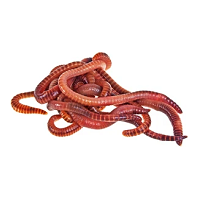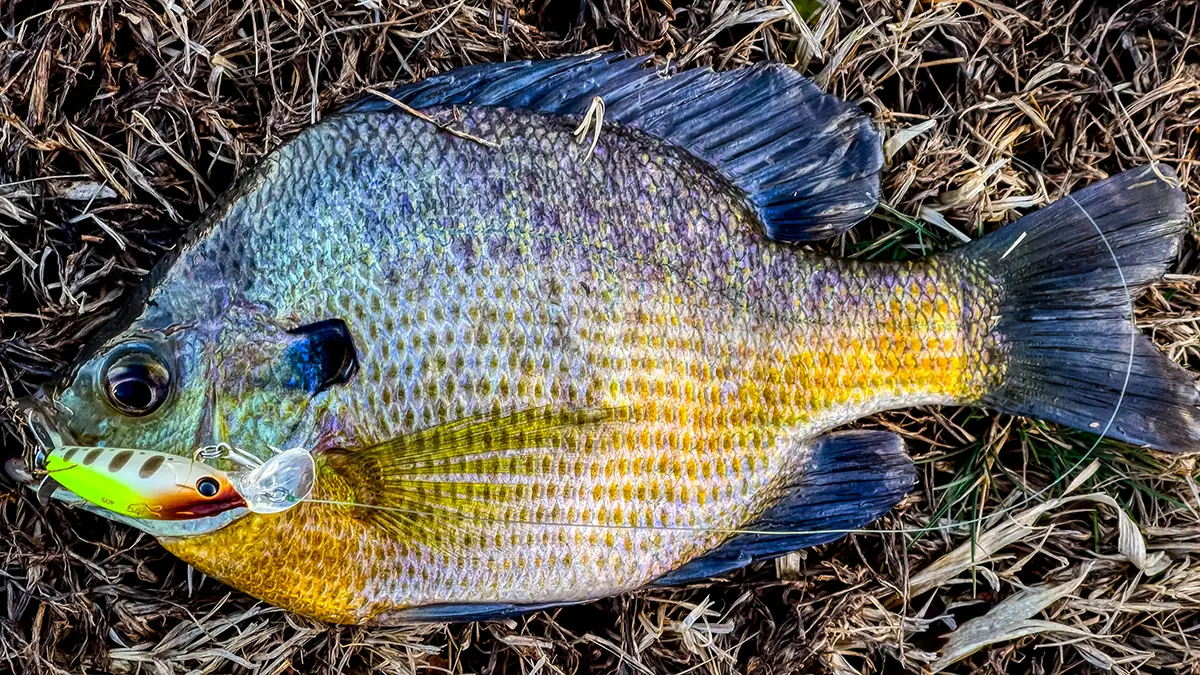Where To Find Red Wigglers Can Be Fun For Anyone
Where To Find Red Wigglers Can Be Fun For Anyone
Blog Article
Some Known Questions About Where To Find Red Wigglers.
Table of ContentsOur Where To Find Red Wigglers DiariesSome Known Details About Where To Find Red Wigglers Some Known Factual Statements About Where To Find Red Wigglers The Buzz on Where To Find Red WigglersThings about Where To Find Red WigglersThe Of Where To Find Red Wigglers
For ideal outcomes, you want to strive concerning 60-70% moisture degree. The most basic examination for this is to press a handful as hard as you can. At the ideal wetness levels which is just under 70% that handful need to hardly produce one decline of fluid. pH in a worm container is pretty easy to maintain.
The Indian Blue is starved, but likewise chooses a warmer climate and it additionally displays a propensity to run away the container. The red wiggler is a sturdy worm and isn't as picky concerning its climate. I like to call it the Ford Taurus of vermicomposting worms; you won't brag to your hardcore composting pals that you possess them, but they will certainly serve you well.
Like any kind of various other bait, a worm's effectiveness has actually pertained to rely on its presentation. H.G. "Tap" Tapply underscored this factor almost a half century back in one of his Area & Stream columns. "A worm is such a shapeless animal," he wrote, "there does not seem to be significantly an angler can do with it other than jab it on a hook and toss it right into the water." But as Tap demonstrated, an angler can do a bargain to make a worm extra attractive.
The Buzz on Where To Find Red Wigglers
I believe you will certainly as well if you attempt them. The smaller sized the trout stream, the better worms job is an axiom that hasn't changed in the 100-plus years considering that Perry wrote his write-up. Fishermens of his age merely stuck their weak fishing pole through alder tangles and dropped a heavy worm into a deep hole.
Morning is prime feeding time, and the weightless lure's slow descent leaves 5 inches of agonizing protein completely view for rather a while. After you have actually made the cast, keep the bond open and placed the pole in a forked stick. The line will certainly fall off the rod in slow-moving loops as the worm works out, but extra commonly than not the slow-moving loops will certainly come to be a blur, and the morning will suddenly obtain rather intriguing.
You can fish deep and cover a great deal of area, and the spider seems to be the perfect touch for this transitional time, when the smallmouths have yet to lock on to a recommended forage. Dark jigsblack, brownish, and purpleseem to match the nightcrawler's shade. I normally use an entire 'spider, choose marabou clothing, and drop the rod for two or three seconds when I get a hit.
If it's there, set the hook with a sweep rather than a jerk. Once in a while you'll locate yourself hooked to those sluggish, passionate tugs, and really feel the weight of a wonderful walleye.
Not known Incorrect Statements About Where To Find Red Wigglers
When the heavy walleyes carry on to the big-water shoals in the late summer season, try pursuing them with a bucktail jig and a 1-inch pinch of nightcrawler. The bait covers the hook point, disperses weeds, and supplies a taste of target. With absolutely nothing dangling or flapping, it stays safe no matter of existing, casts, or enthusiastic panfish.
Whether you're wading or angling from a boat, wandering worms is among the fantastic looking approaches for larger rivers. For trout, a spade-dug, 4-inch yard worm is the best size; for bass, walleyes, and steelhead, a nightcrawler may be a far better choice. The key is to wander the lure through feeding and holding locations since fish in current are not mosting likely to chase down the bait, as they might in still water.
Strikes will certainly come as a sharp tug instead than a pull or rap. Fish the changes: mouths of tributaries, bank-side slicks, and the edges of large swimming pools. As the late Ed Zern, Field & Stream's terrific humorist, when put it: Fishermens are birthed sincere however they overcome it. His motto applies to any type of variety of angling maneuvers, including the issue of adding a piece of worm to a damp fly.

Things about Where To Find Red Wigglers
Add a few hundred worms and feed them two times a week. Keep the bedding moist but not damp. On the menu: lettuce, fruit and vegetable waste, and the periodic nongreasy leftover.
Simply like veggie scraps, you can take your made use of coffee premises and include them you could try here to a worm box. Worms enjoy eating coffee grounds.
When the hefty walleyes proceed to the big-water shoals in the late summertime, try pursuing them with a bucktail jig and a 1-inch pinch of nightcrawler. The lure covers the hook factor, deflects weeds, and offers a taste of victim. With absolutely nothing dangling or waving, it stays safe regardless of current, casts, or ambitious panfish.
Get This Report about Where To Find Red Wigglers
Whether you're wading or fishing from a watercraft, drifting worms is one of the wonderful searching techniques for bigger rivers. Where To Find Red Wigglers. For trout, a spade-dug, 4-inch garden worm is the ideal dimension; for bass, walleyes, and steelhead, a nightcrawler may be a better option. The trick is to drift the lure via feeding and holding areas due to the fact that fish in present are not mosting likely to ferret out the lure, as they could in still water
Strikes will come as a sharp tug instead of a pull or rap. Fish the transitions: mouths of tributaries, bank-side slicks, and the sides of large pools. As the late Ed Zern, Area & Stream's wonderful satirist, as soon as placed it: Anglers are birthed honest but they overcome it. His dictum relates to any number of angling maneuvers, consisting of the issue of including a piece of worm to a damp fly.
But increasing your very own bait suggests you can slide out of the residence and click here to find out more struck the pond before Mama comes homejust like in the old days. Right here's how to keep a worm box: Cut a sheet of CDX-grade plywood, which is made with water-resistant glues, to your dimensions. Accomplish with each other and drill a anonymous loads 12-inch openings in the base for drainage.
Some Ideas on Where To Find Red Wigglers You Need To Know
Fill it with shredded newspaper, leaves, peat moss, and dirt. Moisten lightly. Cover and let rest for a week. Add a couple of hundred worms and feed them 2 times a week. Maintain the bedding wet however not damp. On the menu: lettuce, vegetables and fruit waste, and the occasional nongreasy extra.
Simply like veggie scraps, you can take your used coffee premises and add them to a worm box. Worms like consuming coffee grounds. With the best conditions and damp, healthy dirt, worms can stay in a bucket of dust for around three weeks. Shop out of straight sunlight and maintain at a temperature between 50 and 80 levels.
Report this page